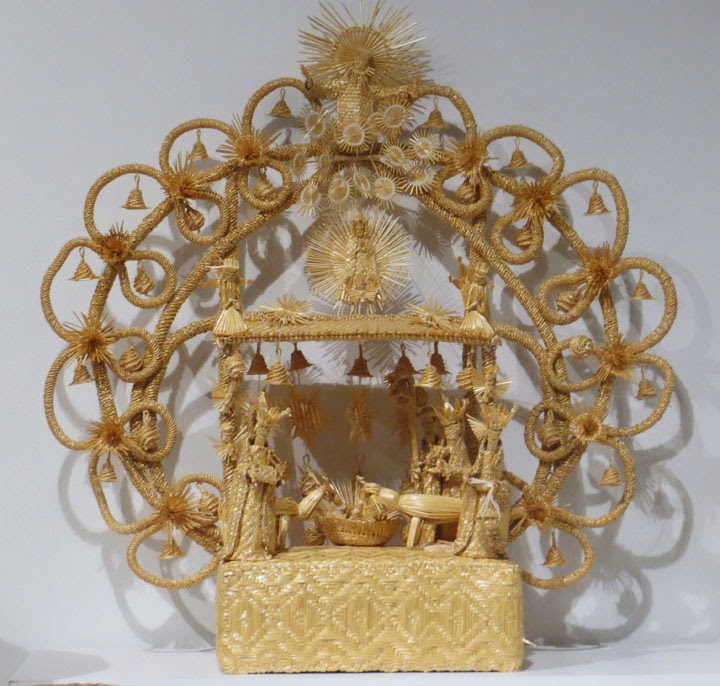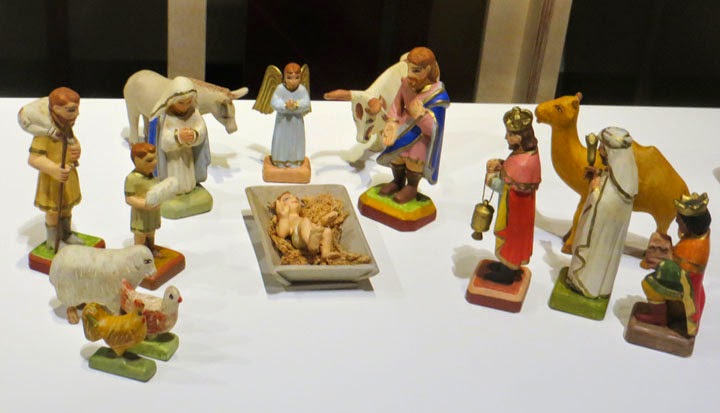 |
| Polar Bear, Churchill, Manitoba, Canada |
My friend and fellow writer Sara Louise Kras went to Hudson Bay to research her recent book, The Hunted: Polar Prey, and has graciously written this article about her trip. You can find out more about Sara and her many other books and travels at her website, www.saralouisekras.com . All of the excellent photos of polar bears in this post are by Sara's husband, Joe Kras.
For many years I fantasized about
seeing polar bears in their natural habitat.
But our travels took us to other places – mostly warm – to do research
on the various book projects I had been hired to write.
Finally, in 2008, I decided to take the icy
plunge and fly to the Arctic to see polar bears.
I was working on a fiction book about a polar
bear, so I thought it would be great to see them firsthand.
After very little research, I realized that
the most optimum place for viewing these elusive creatures was in Churchill,
Manitoba, Canada.
This tiny town
bordering the Hudson Bay is inundated with polar bears from October and
November.
Polar bears
wait there for the Hudson Bay to freeze so they can go out on the frozen ice to
hunt seals.
Polar bears don’t eat much
during the summer – just what they can scrounge up – so they are literally
starving.
This hungry state actually makes
it very dangerous for the people who live in Churchill, including
children.
Polar bears don’t have a
problem with eating humans.
To them,
food is food.
Also, given that they are
the largest bears in the world, at eight and a half feet long and more than two
thousand pounds, these bears can cause some serious damage.
I heard stories of polar bears breaking down
front doors and rearranging the furniture--including knocking over a
refrigerator!
Again, doing more research on the
internet, I found two companies who seemed to have the same exact itinerary in
Churchill – except one was about $1,000 cheaper per person.
The difference is one was based in the United
States and the other was based in Canada.
After thoroughly interviewing the Canadian company, I decided to go with
them.
The name of the company is
Churchill Nature Tours.
My husband and I normally do not
travel with groups.
We are very
independent travelers.
But traveling to
Churchill is completely different.
You
can’t rent a car and drive out to see the polar bears.
You must travel with other people in tundra buggies, bus-like vehicles with wheels six feet tall.

Our package tour was five nights
long. The first and last nights were in
Winnipeg, but the middle three nights were in Churchill. When we arrived in Churchill in the early
morning, I was shocked at the size of the airport. It was only as big as a small house, but it
was literally stuffed with tourists, all searching for their tour company or
group. Once we found ours, we were
whisked away to the helicopter company and taken up to see polar bears from the
air. It was an amazing beginning. We saw a polar bear with an elk kill. We saw a moose slowly making its way through
the deep snow. We saw a mother and baby
polar bear. On Hudson Bay, icebergs
floated, looking like giant chunks of Styrofoam.
Later we visited the Eskimo museum where I got an invaluable contact for
my fiction book. Several weeks after the
trip, the owner answered many questions via email about the Inuit, which brought
an interesting twist to my story.
The next two days were spent out in
the tundra buggy.
Because our tour
company only allowed eighteen people on their tours, there were plenty of
window seats for everyone.
We were on
the buggy all day – both days.
For
comfort, there was a toilet on the buggy and we also had piping hot lunches and
snacks.
We saw many polar bears even
though throughout the second day there was a blizzard!
I credit the wonderful guide who was in
charge of our group.
He seemed to know
where to look, even when there were few polar bears at times.
If you’d like to see polar bears, I highly
recommend traveling with this company.
By the end of my trip, I had a firsthand knowledge of the
depth of cold in the Arctic.
I had
firsthand knowledge of how to attach a carrybag to a helicopter to transport a
polar bear.
I had firsthand knowledge of
how polar bears move and swim.
All of
this was used in my book.
Now my
book, a fiction story,
The Hunted: Polar Prey has been
published through Speeding Star.
It is
about a boy who has to save his mother.
She is floating on an iceberg and is being hunted by a polar bear.
It’s a quick read and plot driven.
If you’d like to check it out, you can get it
at
http://www.speedingstar.com/books/The_Hunted/4261#.VG-Ybcm6j2s



















